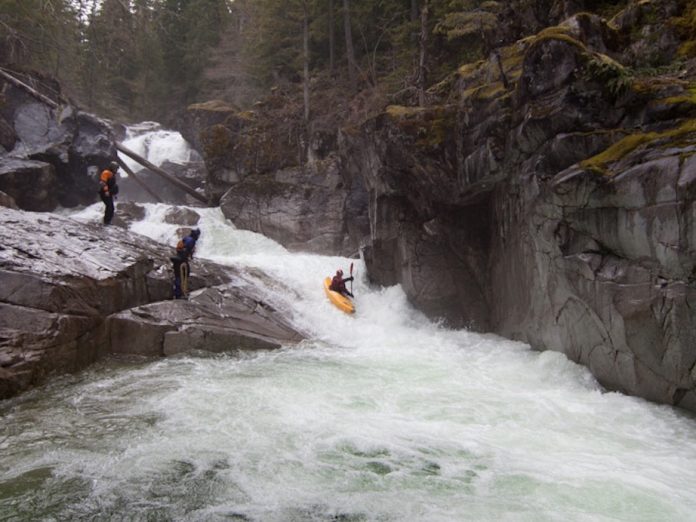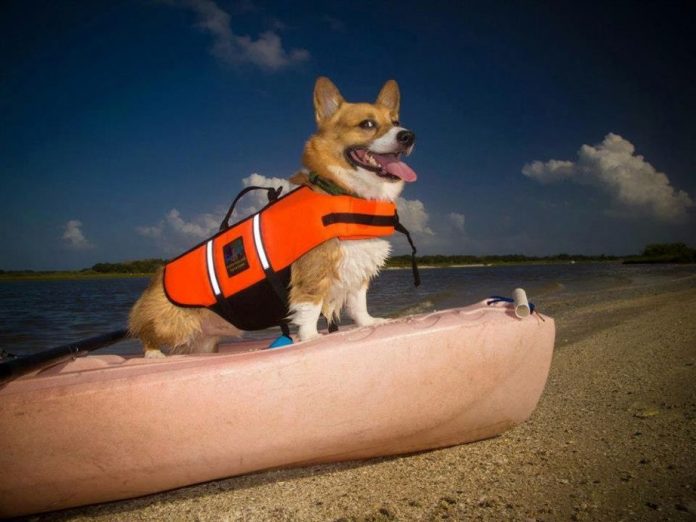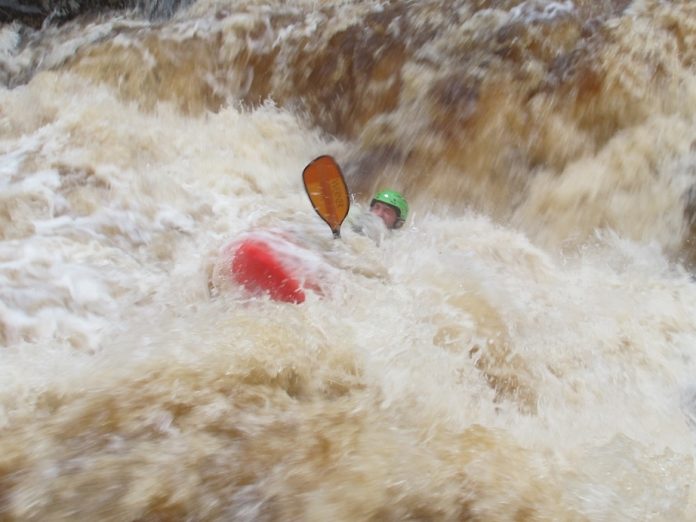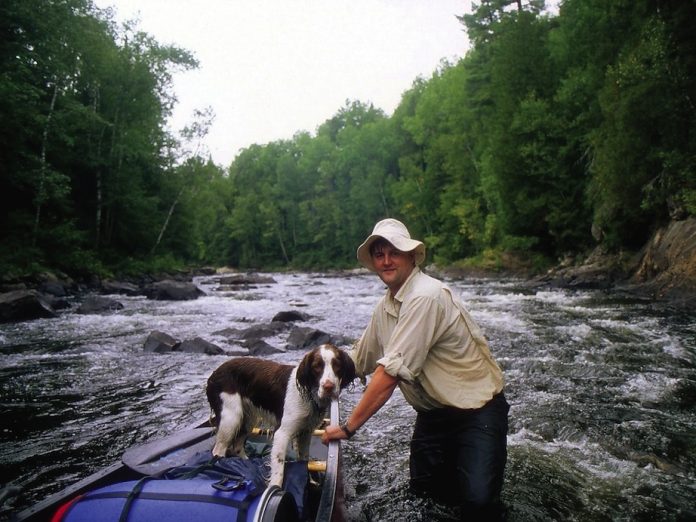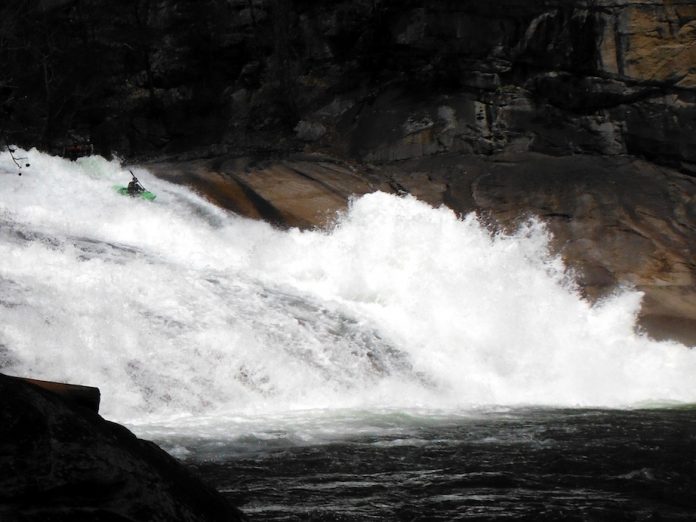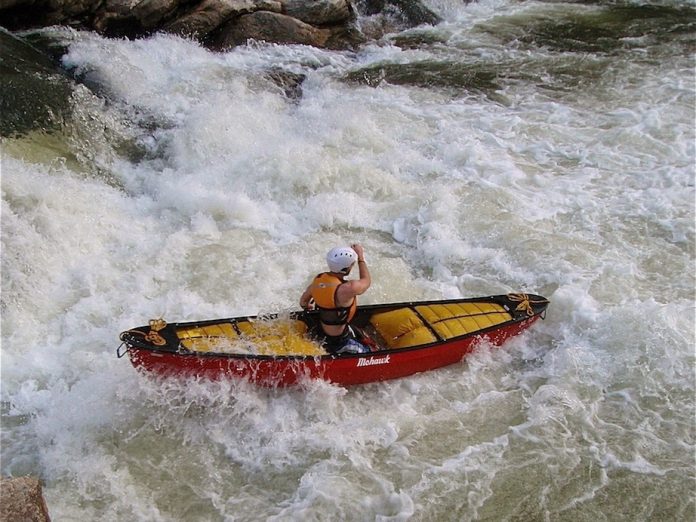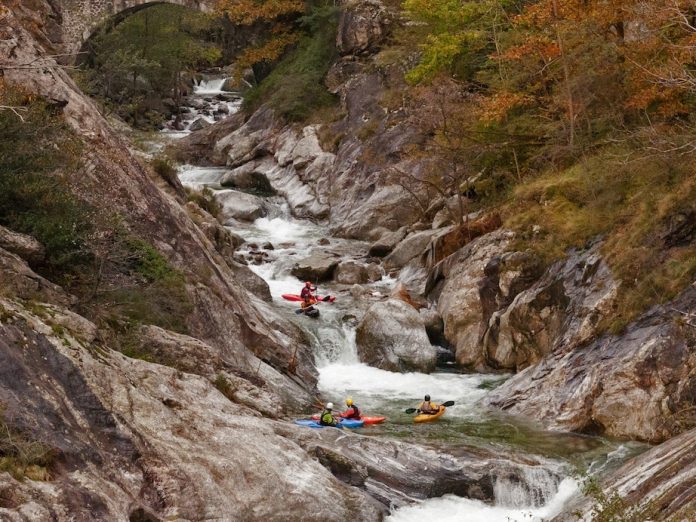Camping with your best friend can be hassle free. Use the know-how below, and have a howling good time.
Let sleeping dogs lie
Only a few breeds are independent enough to curl up under a balsam branch and tolerate being chewed by the blackflies. Unless you own huskies and are in the midst of running the Iditarod, your dog can sleep inside the tent with you or can be leashed inside the vestibule. Packing his matt or blanket from home will keep him warm and settled at night and discourages him from sneaking into your own personal sleeping quarters.
Guard dog
Never assume your dog will protect you from black bears or grizzlies—although a few breeds such as the Karelian Bear dogs are bred specifically for confronting and herding problem bears. Instead, stick with regular bear safety practices. In my own experience, I’ve found that more often than not, my dog will chase a bear out of the campsite only to come running back to hide behind me, bringing the bear with her!
Vet’s Orders
A trip to the vet is a must to make sure your dog gets the shots it needs. Ask your vet if your dog needs additional vaccines to protect against Leptospirosis, which is contracted through rodents and deer populations, or Lyme disease, which is spread by deer ticks. Your dog may also need an oral medication to prevent heartworm. While you’re at the office it’s a good idea to inquire if there are any poisonous reptiles or insects in the area and how to treat a bite.
Hot dog
To prevent heat exhaustion and heatstroke, let dogs go for frequent swims to lower their body temperature. According to Dogs Ultimate Care Guide, fast, heavy panting and excessive salivation are the first signs of heatstroke. Try to keep them shaded on hot, humid days. Fixing a small sun umbrella to the canoe gunwale works wonders.
Sun dog
Some dogs’ noses are prone to sunburns. This is easily preventable by applying a little bit of waterproof sunscreen.
Dog Bitten
Make sure to also bring along bug repellant that’s free of nasty chemicals such as DEET. My vet supplies me with repellant made of oil of peppermint, eucalyptus, pennyroyal and citronella.
Cool dog
For cold-weather camping, pack a dog blanket or a children’s sleeping bag and a small ground sheet for sleeping. Dogs burn more calories in cold weather to keep warm, so give them additional food and treats.
A Bone to Gnaw On
Plan to take two extra days of dog meals beyond your planned stay, just in case. All dog food and treats should be stored like your own food—away from the campsite in water- and critter-proof containers. Feed your dog in the kitchen area and pack up any kibble that falls out of the bowl. It’s also important to use the same food brand your dog is accustomed to at home. Canoe trips are a bad time and place to deal with allergic reactions or a picky eater.
Water dogs
It’s pretty difficult to stop them, but dogs can get sick from drinking contaminated water in rivers and lakes. A common waterborne parasite known as Giardia will give dogs volcanic diarrhea and could be transmitted from them to you. Provide them with plenty of clean water throughout the day.
Doggy Bag
Purchase a dog pack so she can carry her own food, water and snacks. Always store the pack away from the tent and out of reach of wild animals. I believe that if the dogs feel more involved with the trip, they will enjoy the time out there far more…and so will you.
Sit…lay down…Stay
The best way to get dogs to stay in the canoe is to create a comfortable place for them. Try gluing a slab of foam to the floor of the canoe or bring their favorite mat from home. Go for an afternoon test paddle with all your gear to work out the wrinkles and get your pooch familiar with the drill. Training him to sit or lie down takes time…and patience.
Don’t tie me down
It’s very important to never tie your dog into the canoe. If your canoe capsizes, your dog must be able to swim free of the boat and gear. Paddling with your pup in rapids depends on both his and your own comfort level. Dogs can run the portage trail while the owners run the rapid.
Dog rules
Dogs are permitted in many provincial parks across Canada. Park rules state that pets should always be kept on a leash, are never left unattended, do not make excessive barking noise and that their waste is cleaned up and disposed of properly. Some parks have dog-free zones, so make sure to check regulations before heading to your destination. My preferred choice is to go north to the less crowded, more dog-friendly parks and public land areas.
This article first appeared in Canoeroots and Family Camping, Early Summer 2010 issue. For more expert tips, download our free iPad/iPhone/iPod Touch App or Android App or read it here.




